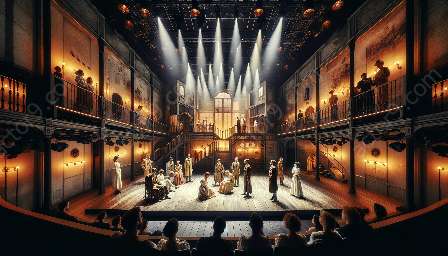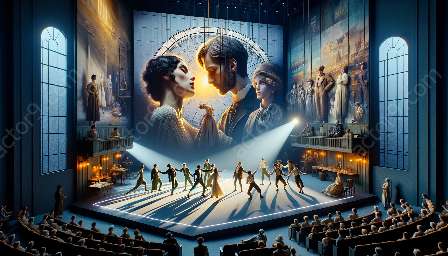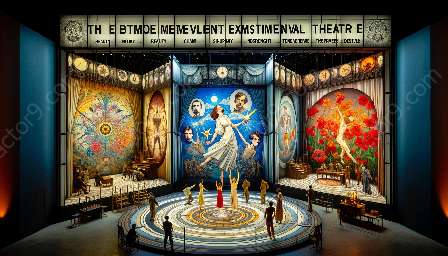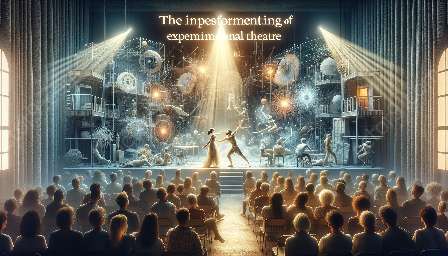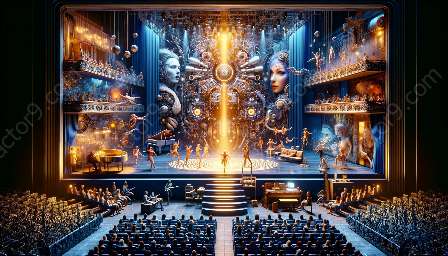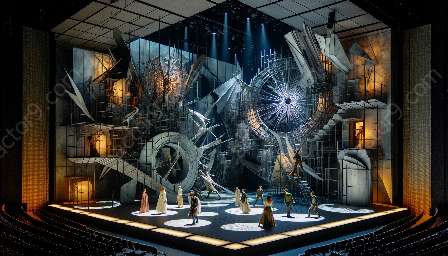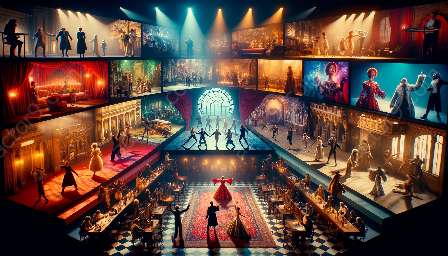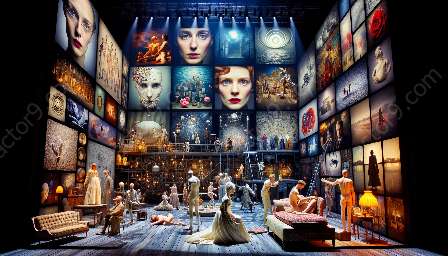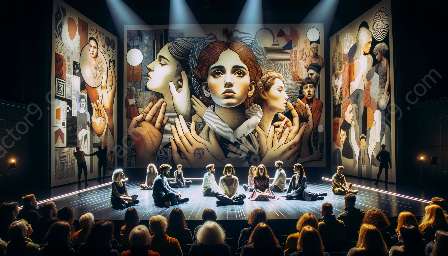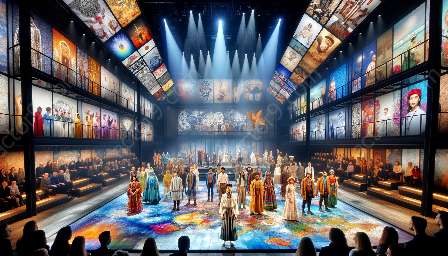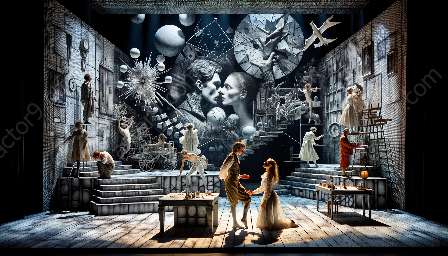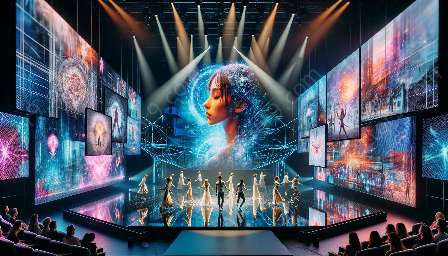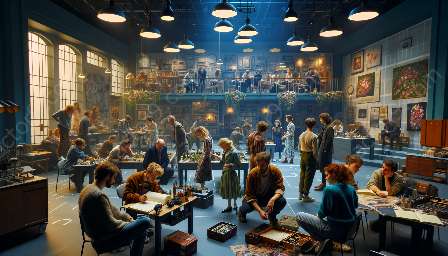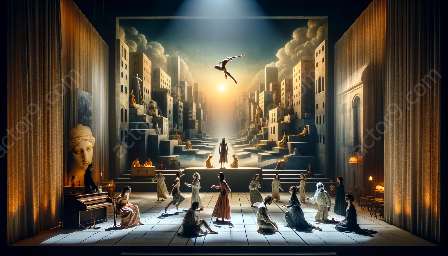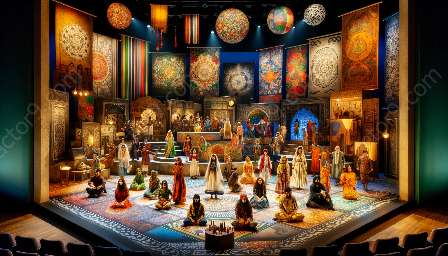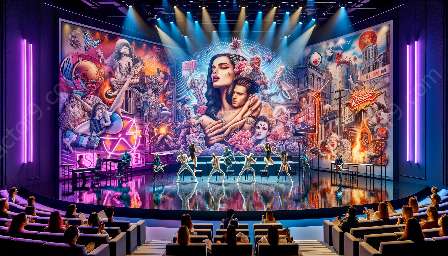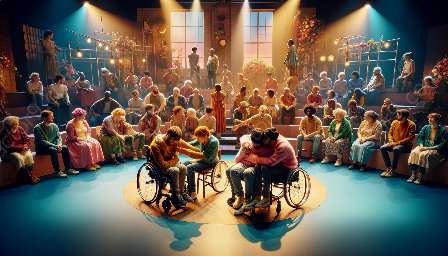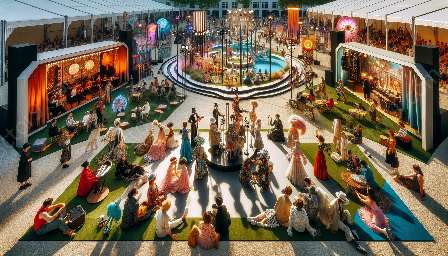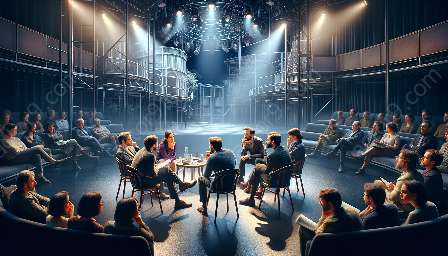Non-traditional theatre spaces have become a prominent feature of experimental theatre, presenting unique challenges and opportunities for production and stage design. In this comprehensive topic cluster, we will delve into the challenges faced by theatre practitioners when working in non-traditional spaces, and examine their impact on the creation and execution of experimental theatre productions. We will explore how experimental theatre adapts to these unconventional settings, redefining the boundaries of the traditional stage and offering a fresh perspective on the theatrical experience.
Adapting to Unconventional Settings
One of the primary challenges of non-traditional theatre spaces is the need to adapt to the unique characteristics and limitations of these venues. Unlike conventional theatres with defined stages, seating arrangements, and technical infrastructure, non-traditional spaces can vary significantly in terms of size, layout, and amenities. This requires theatre practitioners to think creatively and strategically about how to utilize the space effectively while addressing practical issues such as sightlines, acoustics, and audience comfort.
The production and stage design in experimental theatre must be reimagined to suit these unconventional settings. Designers and directors may need to incorporate site-specific elements, unconventional staging configurations, and innovative use of lighting and sound to create immersive and engaging experiences for the audience. Flexibility and adaptability are key when working in non-traditional spaces, as production teams must be prepared to respond to the unique demands posed by each venue.
Technical and Logistical Hurdles
Another prominent challenge associated with non-traditional theatre spaces is the technical and logistical hurdles that arise when trying to stage a production in these environments. Limited access to standard technical amenities, such as rigging systems, dressing rooms, and backstage areas, can pose significant obstacles for production teams. Navigating these challenges requires meticulous planning, coordination with venue managers, and often, the development of customized solutions to ensure the smooth execution of the production.
Furthermore, the safety and welfare of performers, crew, and audience members must be carefully considered in non-traditional spaces. Unlike established theatres with established safety protocols and infrastructure, non-traditional venues may present unforeseen hazards that need to be addressed through rigorous risk assessment and mitigation strategies. The production and stage design in experimental theatre, therefore, necessitate a heightened focus on technical innovation and safety management to meet the demands of non-traditional spaces.
Engaging with Spatial Contexts
One of the defining features of non-traditional theatre spaces is their potential to engage with the spatial contexts in which they are situated. Whether it's a warehouse, an outdoor site, or an unconventional architectural structure, these spaces offer a rich tapestry of spatial narratives that can be harnessed to enrich the theatrical experience. However, this also presents challenges in terms of integrating the environmental elements into the production and stage design.
Experimental theatre thrives on the ability to break free from conventional norms and engage with the distinct characteristics of non-traditional spaces. This may involve incorporating the surrounding architecture, landscape, or cultural history into the narrative and design of the production. At the same time, it demands a deep understanding of the spatial dynamics and a keen eye for harnessing the potential of the environment to create a symbiotic relationship between the performance and its surroundings.
Collaboration and Innovation
Amidst the challenges posed by non-traditional theatre spaces, there is a palpable spirit of collaboration and innovation that characterizes the realm of experimental theatre. The need to adapt to unconventional settings fosters a culture of interdisciplinary collaboration, where theatre practitioners, architects, technicians, and artists join forces to push the boundaries of traditional theatre.
From the conceptualization stage to the final performance, non-traditional theatre spaces demand a holistic approach that prioritizes creative problem-solving and out-of-the-box thinking. Production and stage design in experimental theatre are not confined to the traditional roles and practices; they require a spirit of experimentation, a willingness to embrace risk, and a commitment to exploring new frontiers of theatrical expression.
Conclusion
The challenges of non-traditional theatre spaces have not only reshaped the landscape of experimental theatre but have also redefined the parameters of what constitutes a theatrical experience. By navigating the complexities of adapting to unconventional settings, engaging with spatial contexts, and fostering collaboration and innovation, experimental theatre continues to evolve and captivate audiences in ways that transcend the traditional stage. As we delve deeper into the world of non-traditional theatre spaces, we gain insight into the remarkable resilience and creativity that underpin the production and stage design in experimental theatre.

